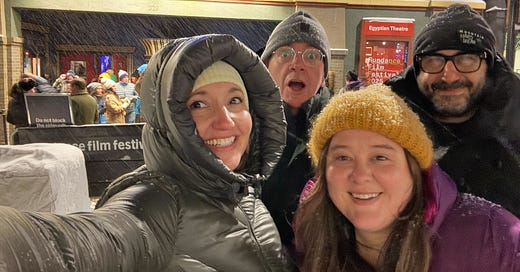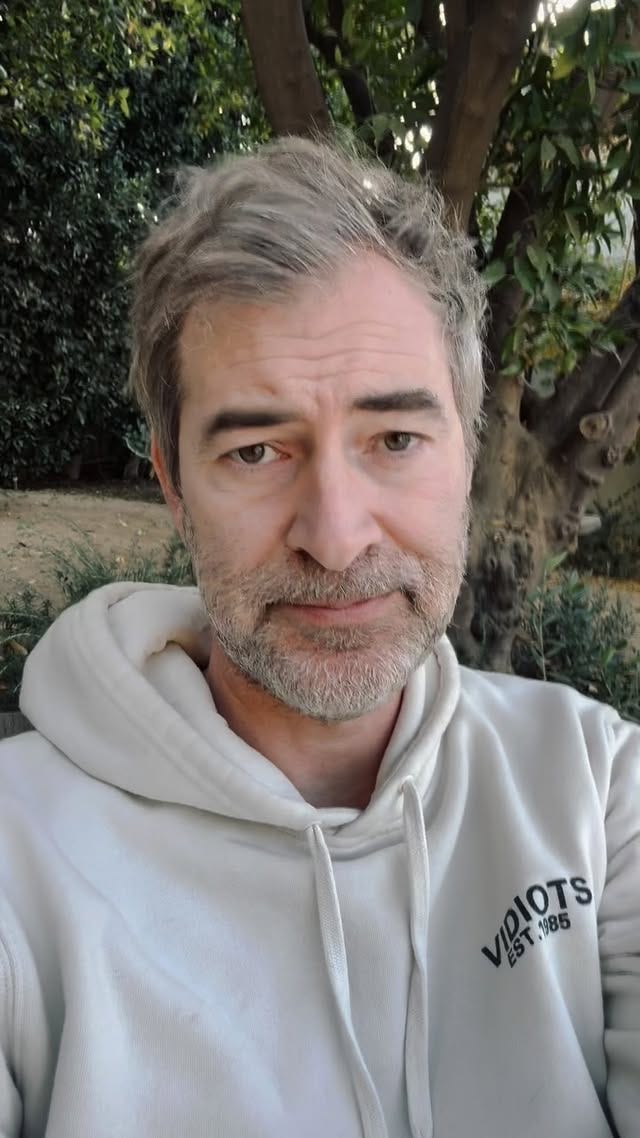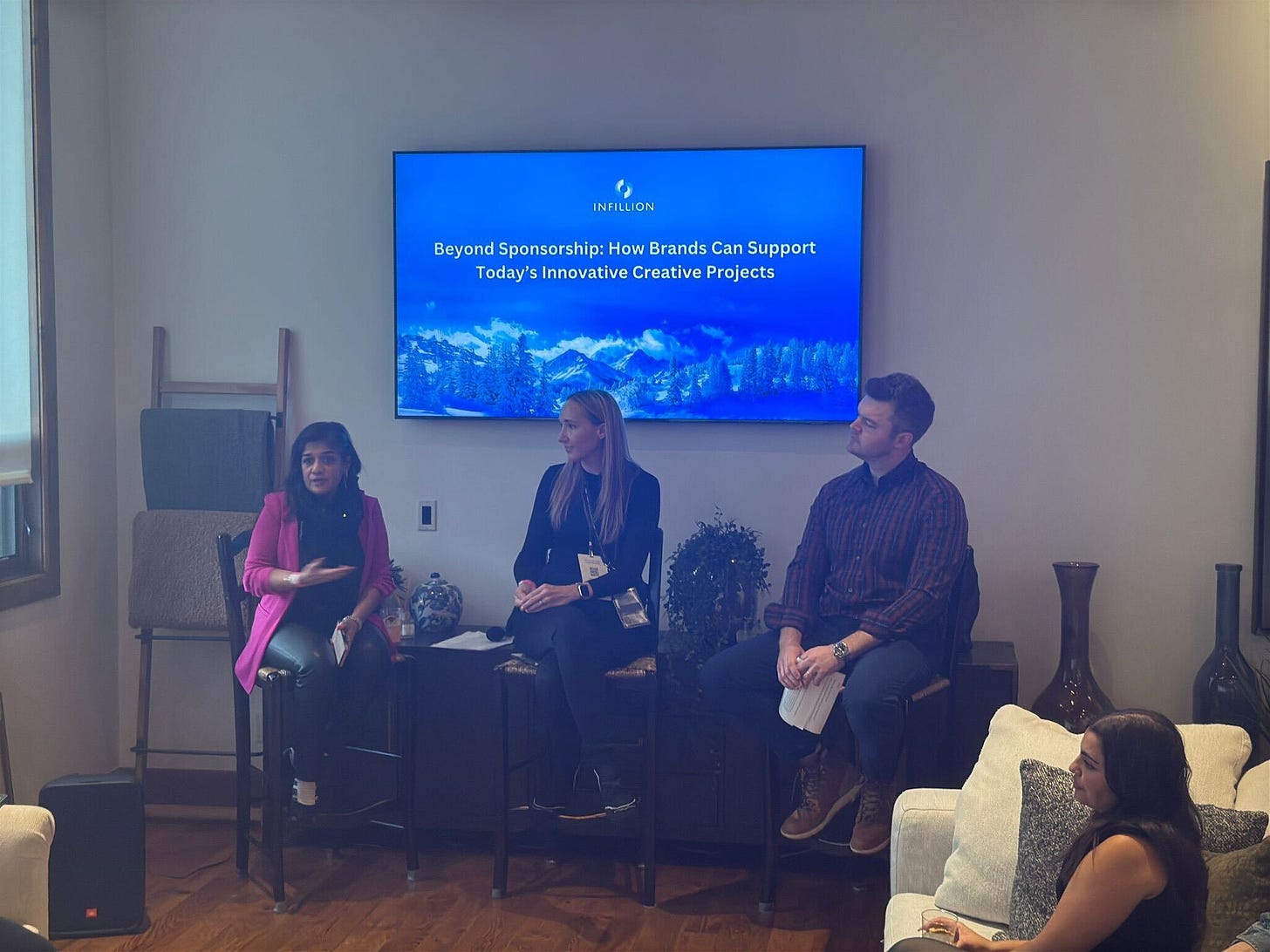Sundance 2025 Wrapped
The brands, politics, sales, (and more) that captured my attention at this years film festival.
My first Sundance was in 2010 and it continues to be my favorite festival and way to kick off the year. This year the closing down of Main Street to cars made it actually magical with the snowfall. While I hope Park City keeps the festival so we can always have that Main Street experience, chances seem slim.
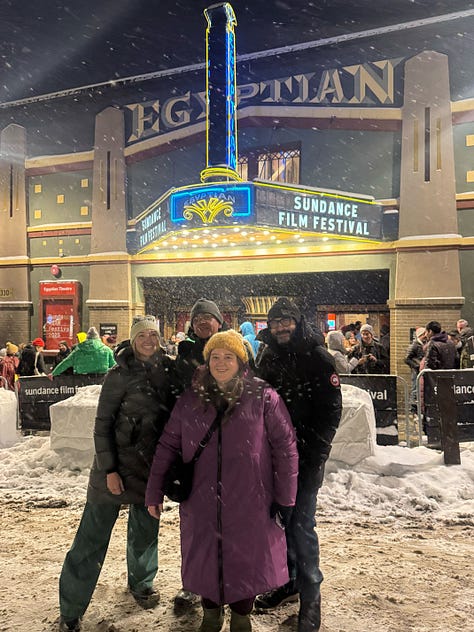
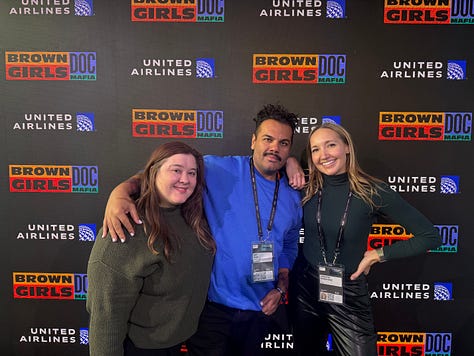
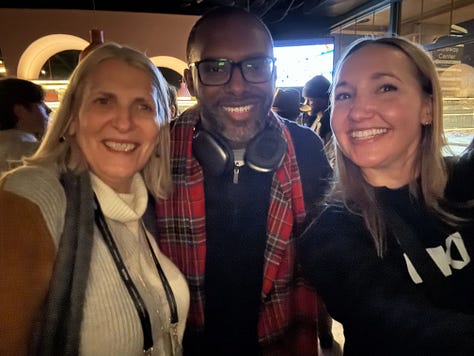
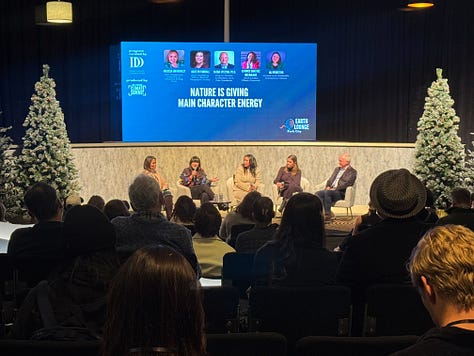
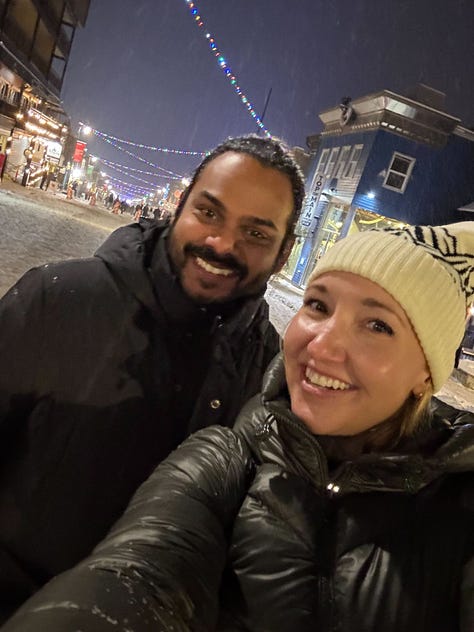

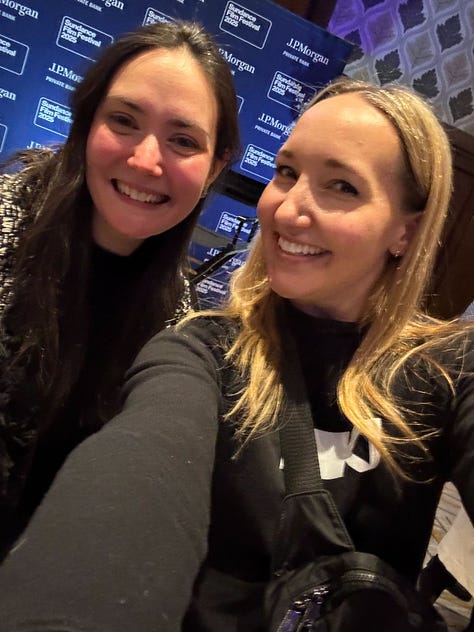
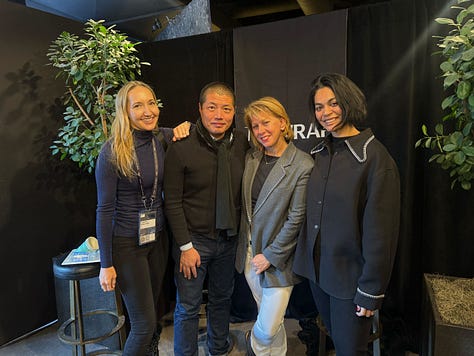
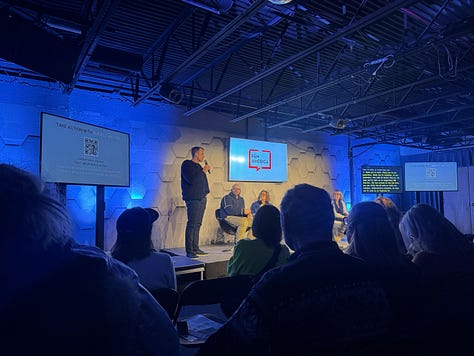
Sundance 2025 Takeaways
In no particular order, and based on direct conversations I had, these are the trends that stood out to me at this year’s festival.
Brands Welcome. Historically resistant to brands integrated into art, brands seemed warmly welcomed this year! Though we know Brian Newman has been walking this talk for years (make sure to subscribe to his newsletter) this was the first time I’d heard so many creators and filmmakers speaking of the opportunity. Some other links about this:
“The New Showbiz: Hollywood, Creators, & Brands,” UTA panel at Sundance on the Ankler podcast
“Brands and Entertainment Beyond Sponsorship: How Brands Can Support Today’s Innovative Creative Projects” at the Infillion House (below)
The Impact Lounge Brands Happy Hour, hosted by Sub-Genre
“Why the Sundance Film Festival is becoming more important for marketers,” Digiday
“Guide to 2025 Sundance Film Festival Brand Activations and Events,” Adweek
Politics Quietly Discussed. Instead of a loud rallying response to the Trump Administration, which we had with the Women’s March and rally at Sundance in 2016, the mood shifted more towards quiet but numerous conversations on how to respond to the expected funding withdrawals.
While stories on public media are for (and seen by) audiences all across the US, regardless of political affiliation, the independent film and documentary space has largely leaned left. The administration pulling funding and the big buyers staying away from stories that could be perceived as politically divisive was disheartening, especially when I was seeing SO many good films.
But! There’s movement! The Future Film Coalition launched their substack, and is forming a research think tank and coalition-builder to help secure the future of art house and independent media in the US. And I spoke with one public media exec about a new initiative she’s building to create avenues to reach public audiences for free by utilizing multiple distribution avenues. And the startups that have been building new options to go direct to audience are seen as real solutions.
Another common thread was artists and storytellers should not stop telling important, diverse and powerful stories, AND they should consider how those stories are packaged and marketed to be able to reach both across the aisle and to wider audiences.
Safe Spaces. Sundance 2025 showcased a growing commitment to diversity, both in its film slate and through dedicated spaces like Muslim House, (South Asian) 1497 & Fillum Houses,
’s Sunrise Collective, and MACRO Lodge, amplifying diverse and often underrepresented voices in film in sync with Publicis’ priorities.Not Just Film. Sundance is no longer just for film companies—industries like crypto, finance, food, agriculture, auto, aviation and major brands are increasingly present, leveraging media for impact, cultural influence, and innovative advertising.
Quiet, But Not Silent, Market. Only 4 sales were reported, though often sales happen in the weeks after.
Neon bought 1 horror film, Together.
Netflix bought 1 scripted, Train Dreams.
A24 bought Sorry, Baby in a bidding war for $8M, against what is estimated to be a $1-2M budget.
Documentary+ acquired the short film, Reality of Hope.
The biggest takeaway from this? The bidding war for Sorry, Baby may compel filmmakers to keep their budgets down in the future to increase chances of a sale. Highly recommend
’s coverage of the sale.The following came with distribution in place:
Focus Features with The Ballad of Wallis Island.
A24 with If I Had Legs I’d Kick You, Opus, and The Legend of Ochi.
Bleecker Street with The Wedding Banquet.
Nat Geo with the Sally Ride documentary Sally.
MUBI with Magic Farm.
Apple with Deaf President Now!
HBO Documentary Films with The Alabama Solution and Enigma.
Tech & Alt Distro. With a quiet market and an expected pull in government funding, alternative and independent distribution was THE topic on panels on distribution. Vimeo was at Sundance speaking to filmmakers. Mubi opened up a Contributor Hub to license self-distributed content, Amazon Prime Direct Video is on and off again. Jolt, Kinema, Gathr, and Eventive were also in the mix.
Piracy is Back. Two films available to stream from the festival website were pirated and thus had to be pulled down from the festival platform. Which then elevated conversations around streaming and security again. Three things to take away from this:
The Sundance virtual festival will get smaller in the future. I forsee this spooking some filmmakers.
If you’re independently distributing, make sure to ask your platform partner to show proof of DRM protection and security protocols. At Kinema this is a top priority.
People who really want to steal, will. No matter how much security you have in place, if someone is determined they will do it. The Sundance streaming platform has the highest level of security and the ability to track who stole it. Yet they did it anyway.
Kinema at Sundance
📣 Shoutout on
: at the UTA house, filmmaker and founder of StorySyndicate, Dan Cogan, perfectly encapsulated the value and potential of Kinema. Watch/listen to the clip:
🥰 Mark Duplass gave Kinema some love before the festival even started! He also had a great message for all filmmakers, whether you got into Sundance or not.
📰 The Wrap Covered our Sundance Breakfast: I co-host an industry insider salon series at film festivals, and this year we partnered with The Wrap. This event was off the record.
At The Muslim House panel we spoke about Kinema and shared some case studies on independent distribution. Including Where Olive Trees Weep, which has booked over 700 events and made six figures both for the filmmakers and for their charities (actual numbers were disclosed at the panel).
Infillion House panel: “Brands and Entertainment Beyond Sponsorship: How Brands Can Support Today’s Innovative Creative Projects”. Takeaways:
More brand dollars are going into branded entertainment.
Give creative control to the filmmakers, or you’ll get a commercial.
IP should also stay with the creators.
Advertising in between the movie or show should be more relevant to the consumer and storyline.
Join me in the comments. What are you still thinking about from Sundance this year? Would love to read your takeaways and / or questions.

